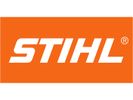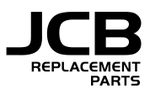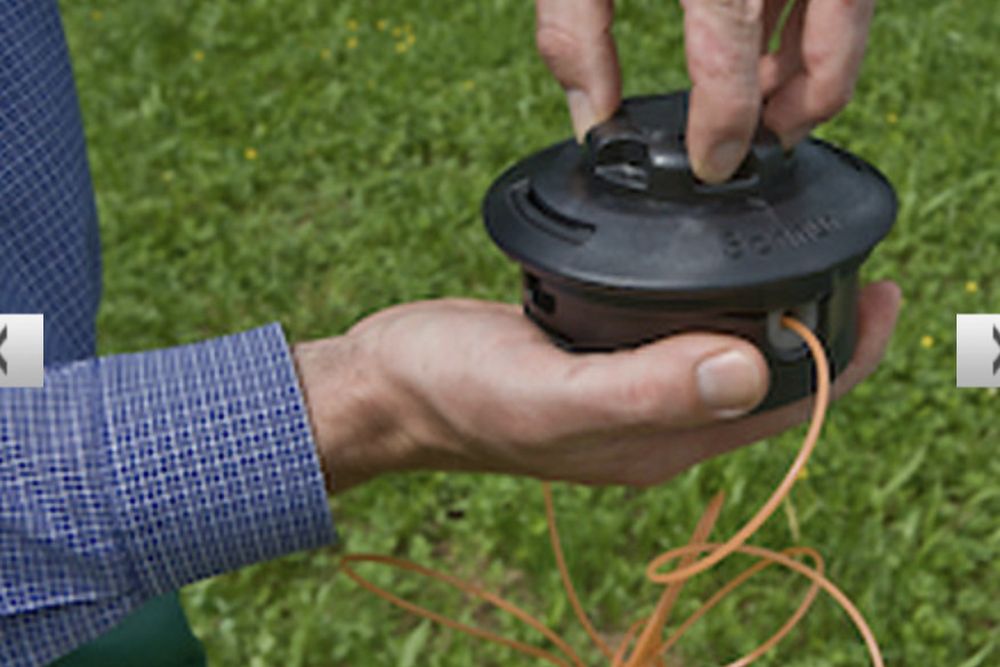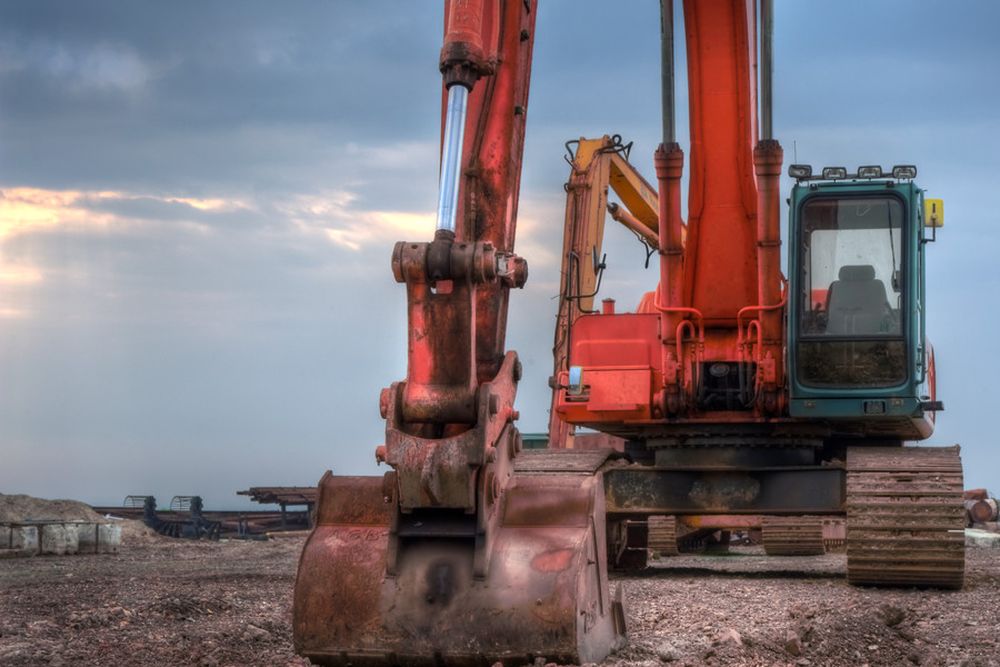How to prepare your working environment for strimming
Before starting up a strimmer, there are a couple of things you must consider for your safety and the safety of those around you:
- Familiarise yourself with the machine and the safety precautions you should take by reading the instruction manual thoroughly.
- Take time to observe and clear the working area before starting.

Familiarising yourself with the machine and safety precautions
Be sure to read the instruction manual thoroughly to understand your machine and the safety precautions you should take. You can then check that your brushcutter is in correct working order, following the guidance in the instruction manual.
Stihl advise that you should look at the following before starting a brushcutter:
- The cutting attachment, guard, handle and harness (if using) must be an approved combination and must all be correctly installed.
- The master control or stop switch must move easily to STOP or 0.
- The throttle trigger lockout (if installed) and throttle trigger must move easily and the throttle trigger must return to the idle position automatically.
- Check that the spark plug boot is firmly seated. If it is loose, sparks may occur which could ignite the fuel/air mix as it is delivered, causing a fire hazard.
- The cutting tool or attachment must be fitted correctly, secure and in perfect condition.
- Examine protective devices (e.g. cutting tool guard, rider plate) for any signs of damage or wear. Replace any defective parts. Never use the machine if the guard is damaged or if the rider plate is worn (if the lettering and the arrow are no longer clearly visible).
- Never attempt to modify the controls or safety devices.
- Keep the handles dry and clean - free from oil and pitch - for safe control of the machine.
- Adjust the harness and handle(s) to suit your height.
Preparing the working area
- Ventilation. Petrol brushcutters will start releasing toxic exhaust fumes as soon as the engine is started up. You cannot always see or smell the gases so a brushcutter should never be used in an enclosed space, or an area where ventilation is poor.
- Slip and trip hazards. Check the floor of your working area for trip or slip hazards. These can include wet surfaces, uneven ground, freshly stripped wood (bark), tree stumps and roots.
- People and property. If anyone is close by, especially children, ensure they remain at a safe distance (ideally 15 metres) from where you are working as they could be injured by flying objects. The same distance should be kept from things such as vehicles or windows to avoid damaging property.
- Pets and wildlife. You should have a quick walk around the area before you start, to check for lingering animals. (Also continue to keep an eye out whilst you are strimming!) Animals can be easily spooked by a brushcutter and could either run off or approach the brushcutter, breaching the safe 15m distance and run the risk of being hurt.
Please note that this is not a definitive list of precautions and each strimming job is different, requiring different safety measures to be taken. For this reason, it is important to be alert and vigilant at all times as strimming is dangerous task and requires your full attention.
If you have any queries regarding safe practices when strimming, please give our specialist team a call on 01432 373350.
*Image from www.stihl.co.uk




















